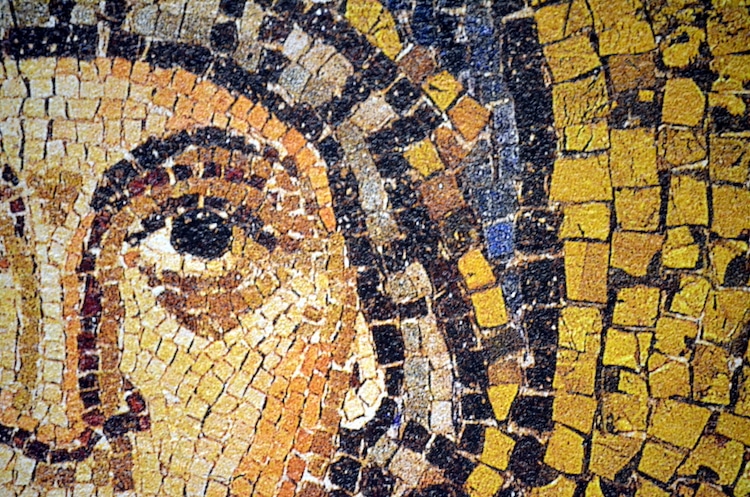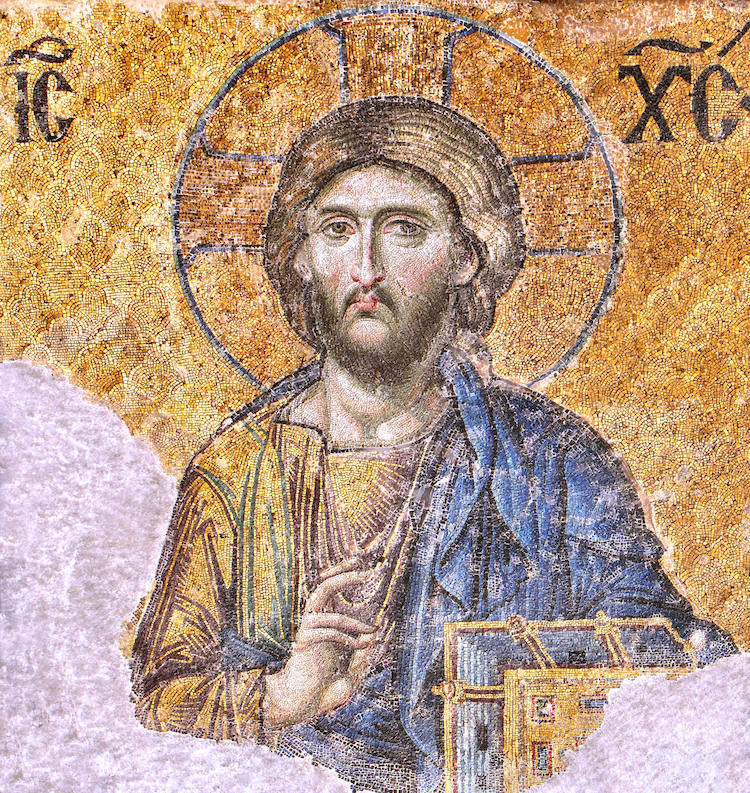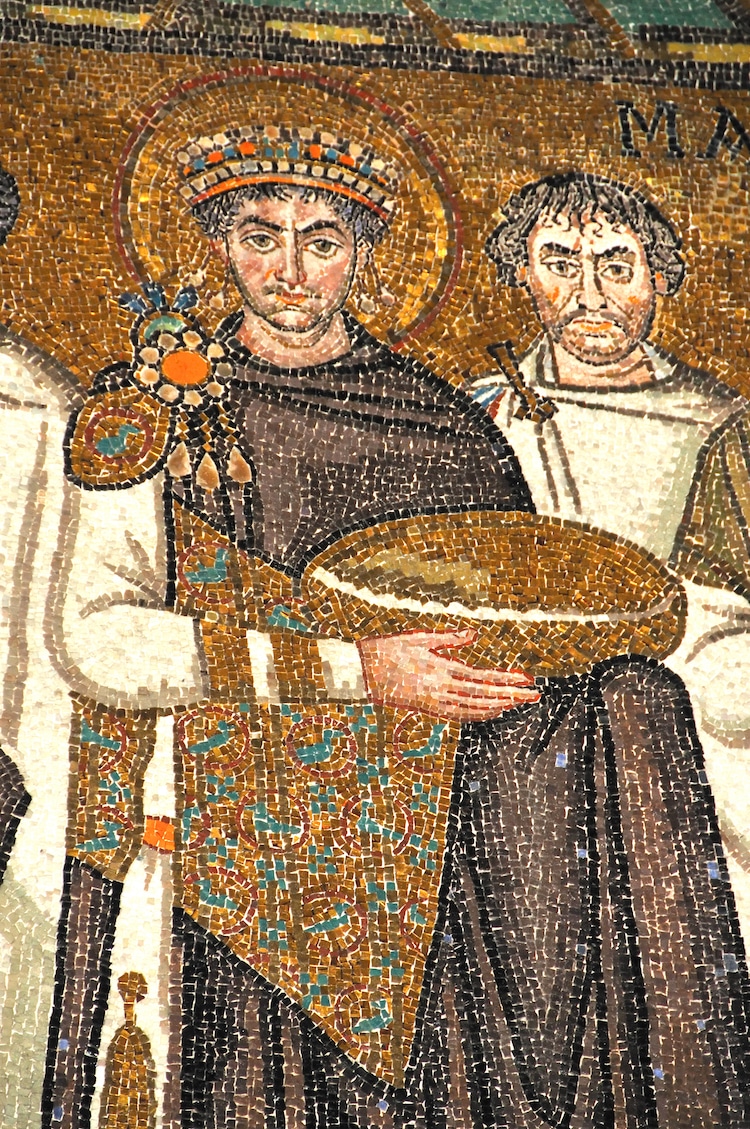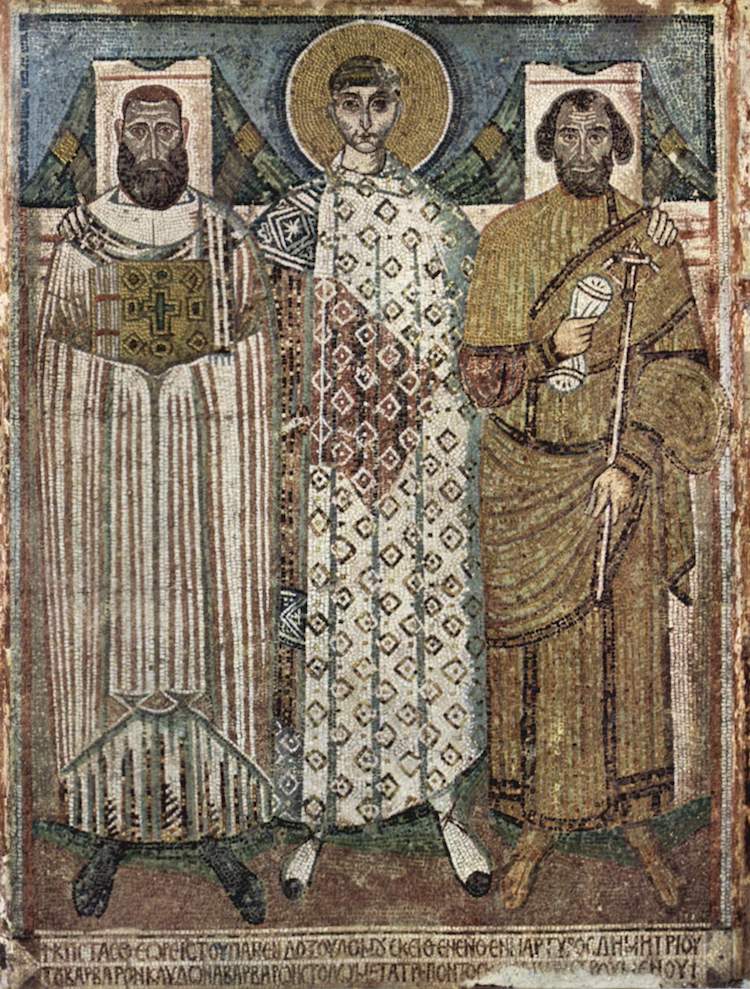Byzantine art emerged after emperorConstantine I(c. 272 337 C.E.)
declared tolerance for Christianity in the ancient Roman empire in 313 C.E.
The style flourished for hundreds of years, spreading throughout modern-day Turkey, Italy, and Spain.

Byzantine mosaic in Ravenna, Italy (Photo:Stock Photosfrom Inguaribile VIaggiatore/Shutterstock)
Byzantine art continued into the15th centuryuntil Constantinople fell to the Ottoman empire in 1453.
Tourists can still view some of its most famous mosaics in theHagia Sophiaand in parts of Italy.
Here, we identify some of the key characteristics of Byzantine art.

Byzantine mosaic of Christ Pantocrator in the Hagia Sophia, Istanbul, Turkey (Photo: Dianelos Georgoudis viaWikimedia Commons[CC BY-SA 3.0])

Byzantine mosaic of emperor Justinian in Ravenna, Italy (Photo:Stock Photosfrom mountainpix/Shutterstock)

Byzantine mosaic from the church of Hagios Demetrios in Thessaloniki, circa late 7th or early 8th century (Photo:Wikimedia Commons[Public Domain])